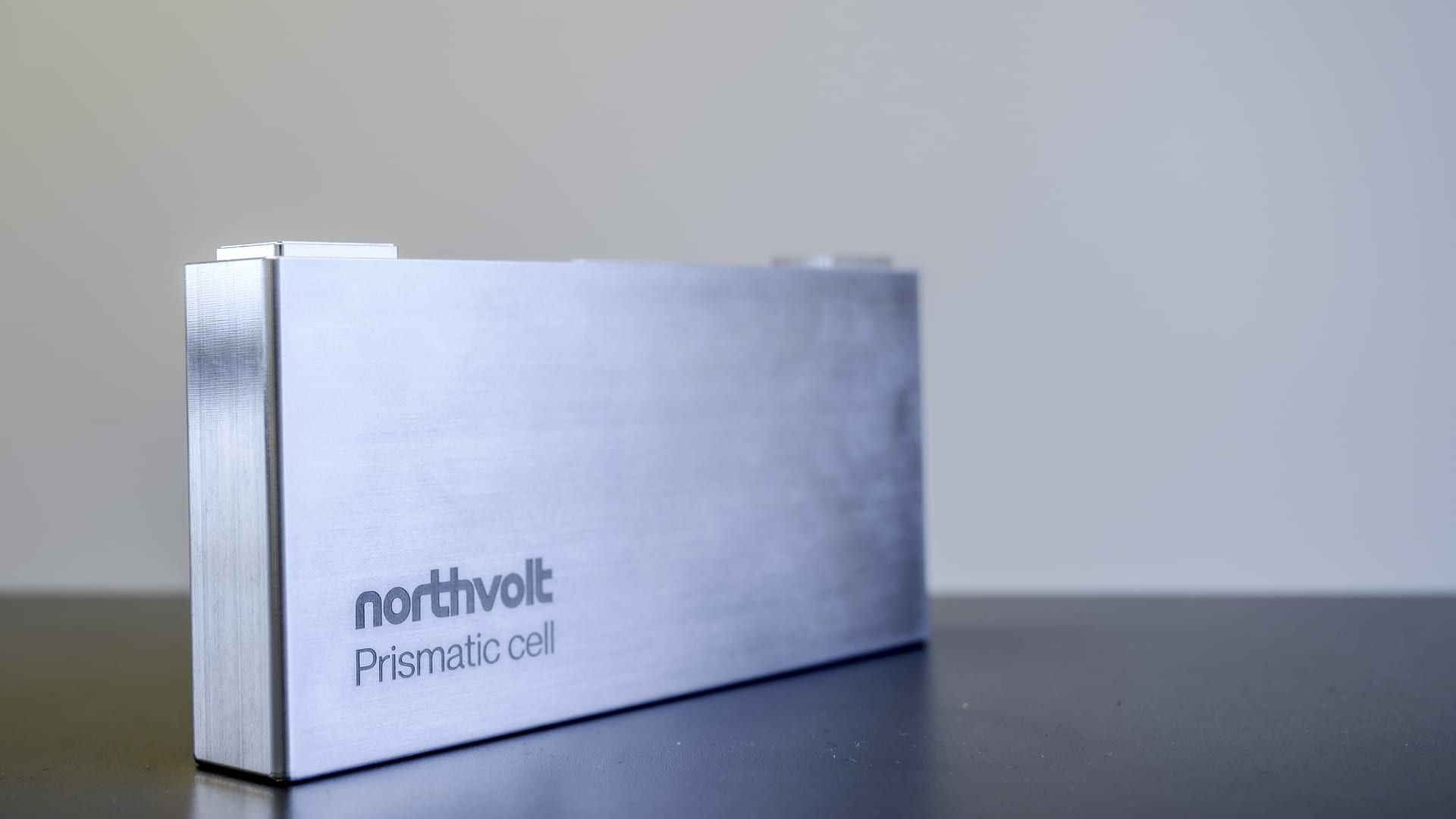US DOE Announces New EV Infrastructure & Development Funding

A $96 million government funding opportunity is now available to assist with the decarbonization of the American transportation industry. The cash will be used to enhance electric vehicle charging availability, develop alternative-fueled non-road vehicles that are more efficient and less expensive, and develop electric drive components and materials to maximize EV efficiency and affordability.
“To strengthen our transportation sector to support our growing economy, DOE is investing in clean mobility options that will eliminate harmful emissions, reduce our reliance on volatile fossil fuels, and cut energy costs,” said US Secretary of Energy Jennifer M. Granholm. “Achieving President Biden’s climate goals will require expanding accessibility to electric vehicles for all drivers and modernizing vehicles that power the agricultural and construction industries.”
Non-road vehicles, such as agricultural and construction machines, rail, marine, and aviation, are among the top polluters in the United States because they emit more carbon pollution than any other sector of the economy. The goal of achieving a net-zero economy by 2050 was set by President Biden. Furthermore, applicants for this money must show how proposed projects will put the United States on a path to reach that target.
More Money For EV Charging Infrastructure
This expenditure furthers the $5 billion committed as part of the new National Electric Vehicle Infrastructure Formula Program, which was created by President Biden’s Bipartisan Infrastructure Law, but helps go beyond it and bring us even more charging infrastructure. The DOE will also finance projects that develop regional fuel infrastructure plans for zero-emission medium- and heavy-duty vehicles powered by electricity and hydrogen.
The existing Infrastructure Bill funds will almost exclusively focus on light cars and trucks, so this additional funding for truck and freight EV charging will be extremely helpful.
More Research On Decarbonizing Off-Highway Engines
Although decarbonizing on-road vehicles is critical to mitigating climate change, developing non-road engines and fuel alternatives for aviation, shipping, off-roading (such as construction and agriculture), and rail is also essential. Non-road engine technologies that are less harmful to the environment will be researched by DOE, with a focus on electric, natural gas, and hydrogen engines.
Funding More Innovation in Electric Drive Parts & Materials
Developing next-generation electrified vehicle platforms, including full battery electric and fuel cell electric vehicles with smaller, more affordable electrical systems for improved performance and durability, will require new materials and cutting-edge electric drive technology. DOE will also contribute to initiatives that aim to develop innovative multi-functional materials for EVs as well as improve powertrain performance in order to reduce EV ownership costs.
This is an exciting time for the electrification of vehicles. With this new funding, we can expect to see even more progress in developing alternative-fueled vehicles and components to help slash emissions and save drivers money on fuel costs.
Applicants interested in applying for the funds need to act fast, though. Concept papers need to be submitted by August 25th, which doesn’t leave a lot of time. But, the process is mostly online. To apply, individuals must create an account with and submit application materials through the DOE online application portal at https://eere-Exchange.energy.gov/. On November 10, 2022, full applications are due.
Featured image by Tesla
Appreciate CleanTechnica’s originality and cleantech news coverage? Consider becoming a CleanTechnica Member, Supporter, Technician, or Ambassador — or a patron on Patreon.
[embedded content]
Advertisement
 This post has been syndicated from a third-party source. View the original article here.
This post has been syndicated from a third-party source. View the original article here.




